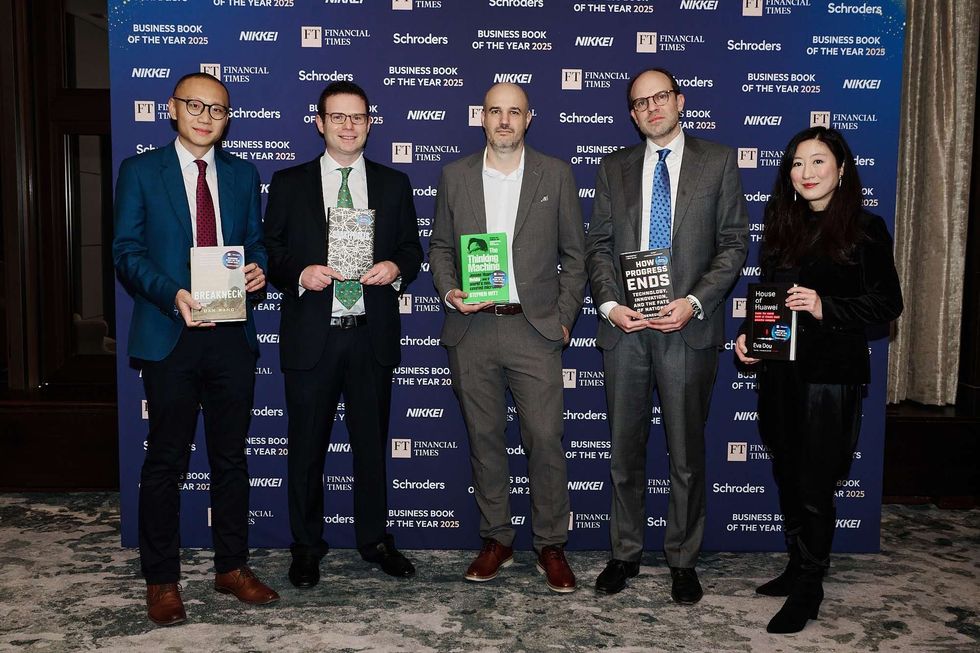India leads the world in pollution-linked deaths followed by China and Nigeria, according to a report published Wednesday that estimated the global impact of contaminants in the air, water and workplace.
The report by the Global Alliance on Health and Pollution (GAHP) found pollution to be the largest environmental cause of premature death on the planet, causing 15 percent of all deaths -- some 8.3 million people.
Among the ten countries with the most pollution deaths in 2017, the latest year for which data was available, were some of the world's largest and wealthiest nations, along with some poorer ones.
India and China led in the number of pollution deaths, with about 2.3 million and 1.8 million deaths respectively, followed by Nigeria, Indonesia and Pakistan.
The United States, with 325 million people, came in at number seven with almost 200,000 deaths.
"The report reminds us all that pollution is a global crisis," said Rachael Kupka, acting Executive Director of GAHP. "It does not matter where you live. Pollution will find you."
Pollution-linked deaths rates were highest in some of the world's most impoverished countries where poor water sanitation and contaminated indoor air are major killers.
Chad, Central African Republic and North Korea saw the highest number of deaths per 100,000 people (287, 251 and 202 respectively), with India entering the per capita list at number 10 with 174 deaths per 100,000 people.
"India has seen increasing industrial and vehicular pollution from urban growth while poor sanitation and contaminated indoor air persist in low-income communities," the report said.
On the other end of the scale, five nations in the Arabian Peninsula rank among the 10 countries in the world with the lowest death rates from pollution, with Qatar reporting the lowest.
Drawing its data from the Institute of Health Metrics Evaluation, which is based in Seattle and was founded by the Bill and Melinda Gates Foundation, the report broke risk factors into four categories: air, water, occupational, and lead.
Air pollution represents a combination of household and outdoor contaminants as well as ozone, while water pollution included unsafe water and poor sanitation.
Occupational risk encompassed deaths from carcinogens, second-hand smoke, particulates, gases, and fumes, while lead pollution deaths were those associated with exposure to legacy emissions from leaded gasoline.
This refers to the lead that was deposited, and still remains, in the soil from car exhausts.
The report also named ambient air pollution responsible for 40 percent of all pollution related deaths, led by China, India and Pakistan (1.2 million, 1.2 million and 130,000 respectively).
And the number of global deaths linked to pollution just exceeded those from tobacco use, which is around 8 million, but greatly eclipsed deaths from alcohol and drugs, high sodium diets, HIV, malaria, TB, and war, it said.





 Shortlisted authors Dan Wang, Edward Fishman, Stephen Witt, Carl Benedikt Frey and Eva Dou.
Shortlisted authors Dan Wang, Edward Fishman, Stephen Witt, Carl Benedikt Frey and Eva Dou.





